- Local Time: 01:16 PM
- Weather: 27 ℃ / 81 ℉
The Wait Is Over – The GRAND EGYPTIAN MUSEUM Is Opening Its Doors! Be among the first to explore Egypt’s greatest treasure.
The article offers an in-depth look into Nubian culture in southern Egypt, emphasizing its vital role in ancient Egyptian civilization. It covers Nubia’s geography, historical impact—especially during the 25th Dynasty—and its close cultural ties with Egypt. It also explores key monuments like Abu Simbel and Philae, Nubian identity, traditions, languages, and crafts. Through the Nubian Museum and symbolic heritage, the article revives the spirit of a resilient and influential civilization.
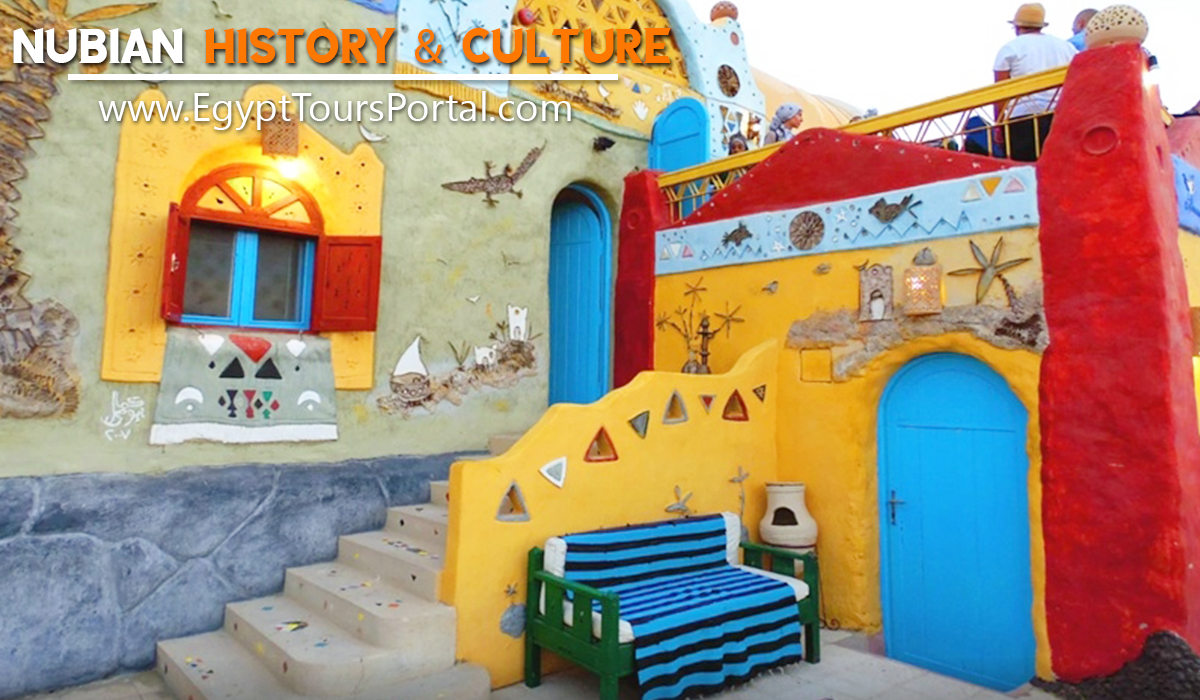
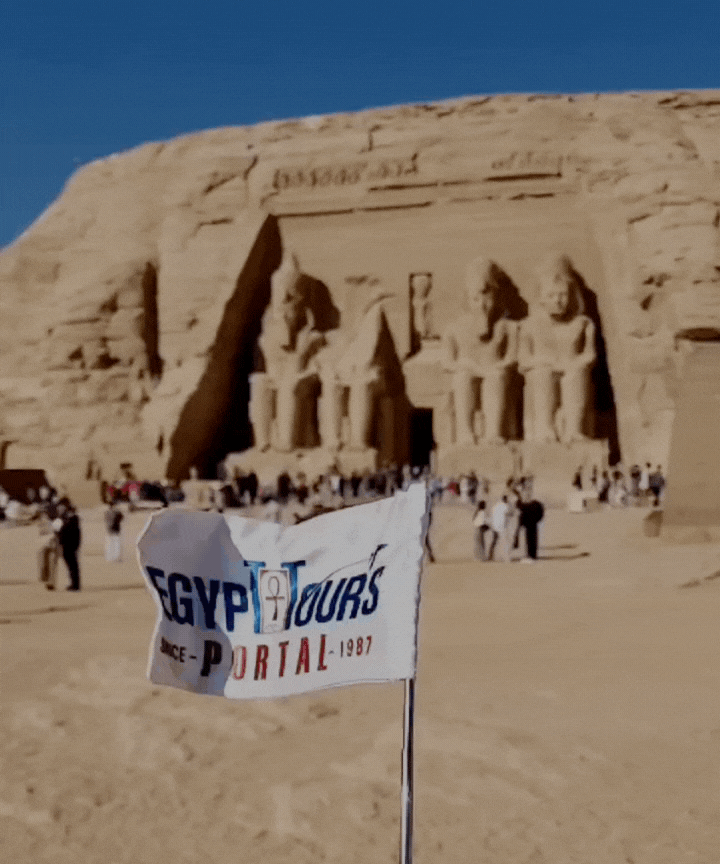
Nubian culture is a magical subject to discuss, which sheds some light on the marvelous history, facts, and monuments of the Nubian People. The main purpose of this article is to offer everyone all the information and details about the history, culture, and monuments of ancient Nubia in Egypt. All the information and facts in this article have been collected and written by a very skilled team of tour operators, tour guides, and travel consultants who have more than two decades of experience and knowledge of the history and culture of ancient Egypt.
Nubia is more than an ancient piece of land; but a place that holds the most honorable, bravest, and strongest people that the world came to know. The Nubians were strong warriors, influential & cunning rulers who played a vital role in the creation, rise, and evolution of the ancient Egyptian civilization across history. The Nubian culture is a hidden treasure found in the holy southern lands of Egypt, offering travelers from all over the world to discover a whole new aspect of life filled with marvelous beauty, honor, and wonder.
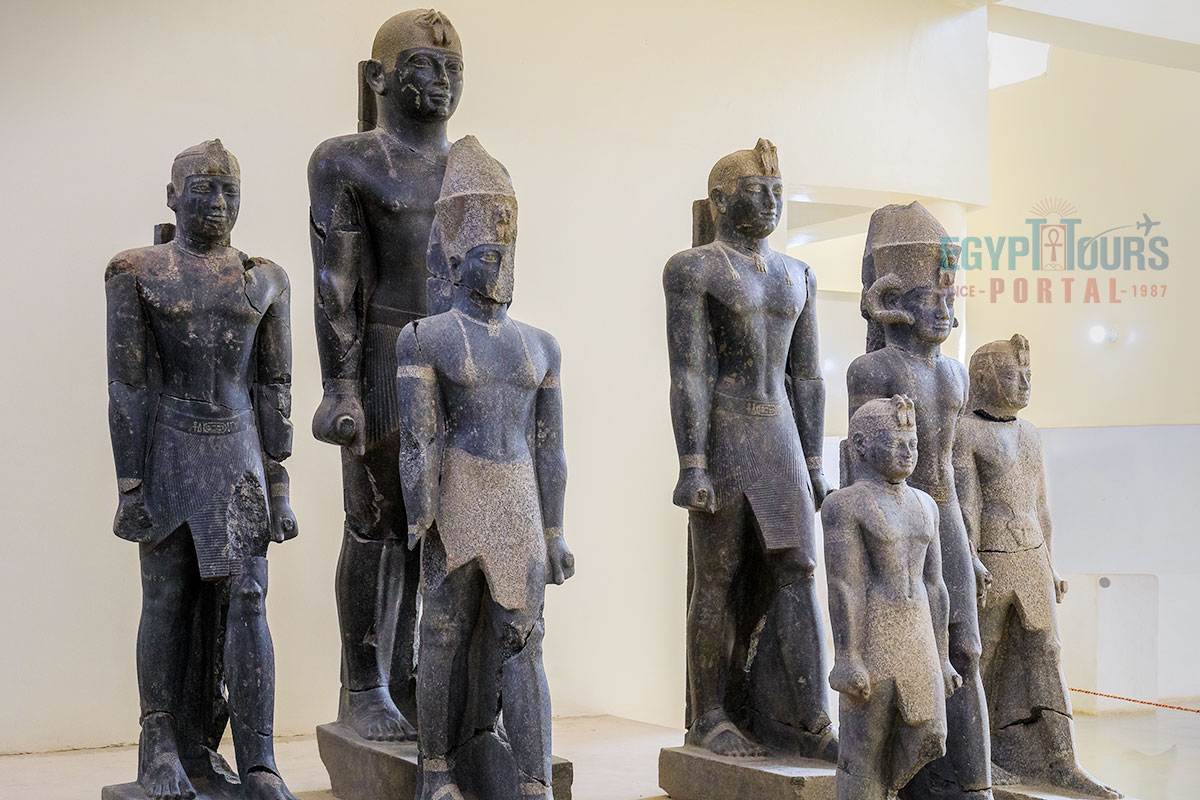
Nubian civilization is one of the world’s oldest, with its origins dating back to at least 5000 BCE. Archaeological finds reveal that early Nubian societies were adept at fishing, herding, and later agriculture. The region became increasingly sophisticated, giving rise to the Kerma culture around 2500 BCE, which is one of the first complex civilizations in Africa. Kerma, the first Nubian capital, was known for its impressive mudbrick architecture, pottery, and advanced craftsmanship, reflecting a society with a complex social hierarchy and governance.
The Kingdom of Kush, which emerged around 1070 BCE following the decline of Egypt’s New Kingdom, became a powerful Nubian empire with its capital at Napata, and later Meroë. The Kushites even ruled Egypt during the 25th Dynasty, with a line of Nubian Pharaohs who sought to preserve and restore ancient Egyptian cultural practices.
Meroë, Kush’s later capital, is famous for its ironworking industry and pyramids, which differ in style from those in Egypt, reflecting the unique evolution of Nubian architecture and spirituality. The Nubian civilization eventually declined around 350 CE after conflicts with the Kingdom of Aksum, but left an enduring legacy seen in Nubian culture, language, and art.
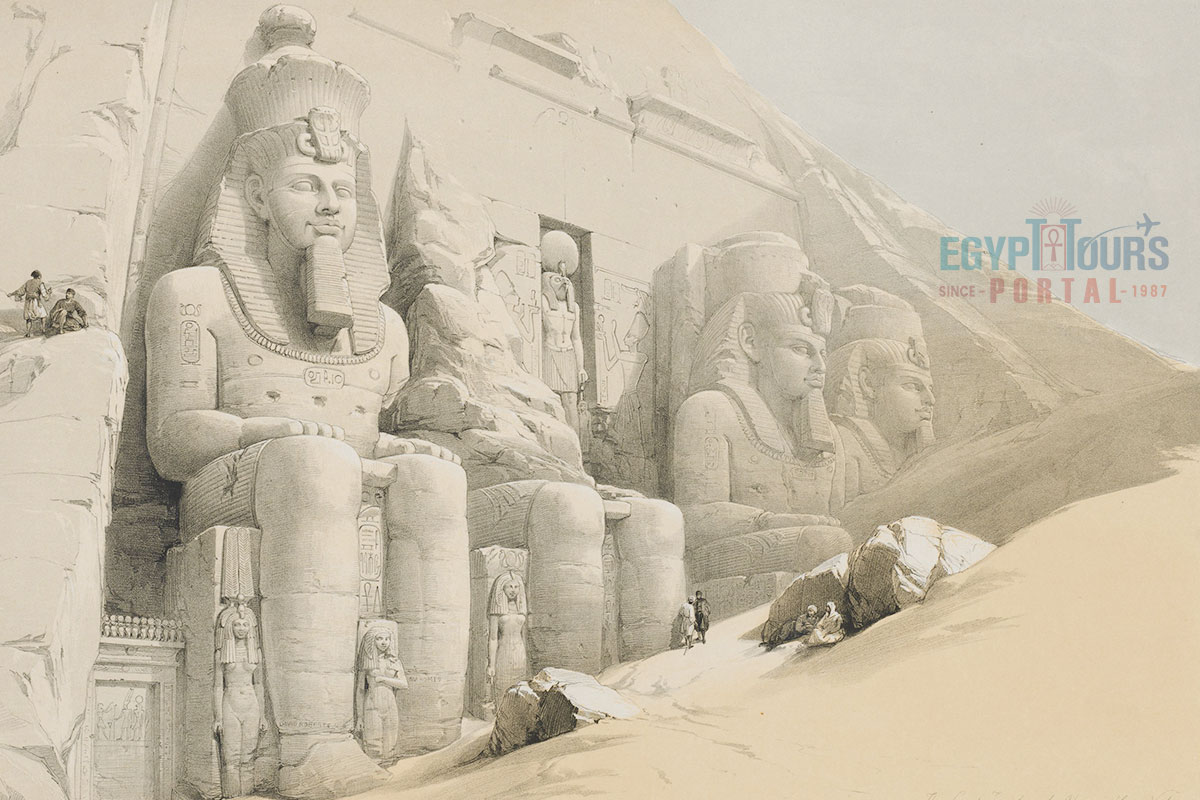
The Nubian region lies on the Nile River, 123,000 square kilometers between the city of Aswan in southern Egypt and Khartoum in central northern Sudan. It was one of the first civilizations of ancient Africa, as the history of Nubia was traced from 2000 BCE onward to 1504 AD. Alara, the King of Kush "Nubia" who is the first recorded prince of Nubia, founded the Napatan, or Twenty-fifth, Kushite dynasty at Napata in Nubia, which is known today as Sudan. Alara's successor, Kashta, extended Kushite control north to Elephantine and Thebes in Upper Egypt.
During Egypt new kingdom period of Egypt (1570 AD – 1070 AD), pharaoh Thutmose I invaded the land around 1500 BC. Nubia was highly famous for being the home of many powerful kingdoms. Most prominent is the kingdom of Kush, which even conquered Egypt in the 8th century BC and formed the 25th dynasty.
The 25th Dynasty of ancient Egypt was a special time in which a number of Nubian pharaohs and rulers took power who, for the most part, essentially integrated completely into the Egyptian culture. The Nubians introduced some of their cultures into Egypt, but kept governing rules, artistic style, religious traditions, temples, and construction methods the same. The Nubians revived the tradition of pyramid building but were not successful. The Nubians ruled over parts of Egypt for about 100 years but were defeated and eventually pushed out by the Assyrians.
The relationship between ancient Egyptians and Nubians was very peaceful across most of history, despite turning conquering each other from time to time. There was extensive cultural interchange and marriage between the two cultures, and many Egyptian Pharaohs & Nubian Queens, even before the 25th Dynasty, had Nubian DNA and heritage running through their blood.
In the 4th century AD, the great kingdom of Kush came to an end, then Nubia was divided between Egypt and the Senner sultanate, which led to the partial Arabization & rapid Islamization in the 16th century by the Ottoman Empire. However, during the 19th century, in 1899, the Khedive of Egypt united the entire region.
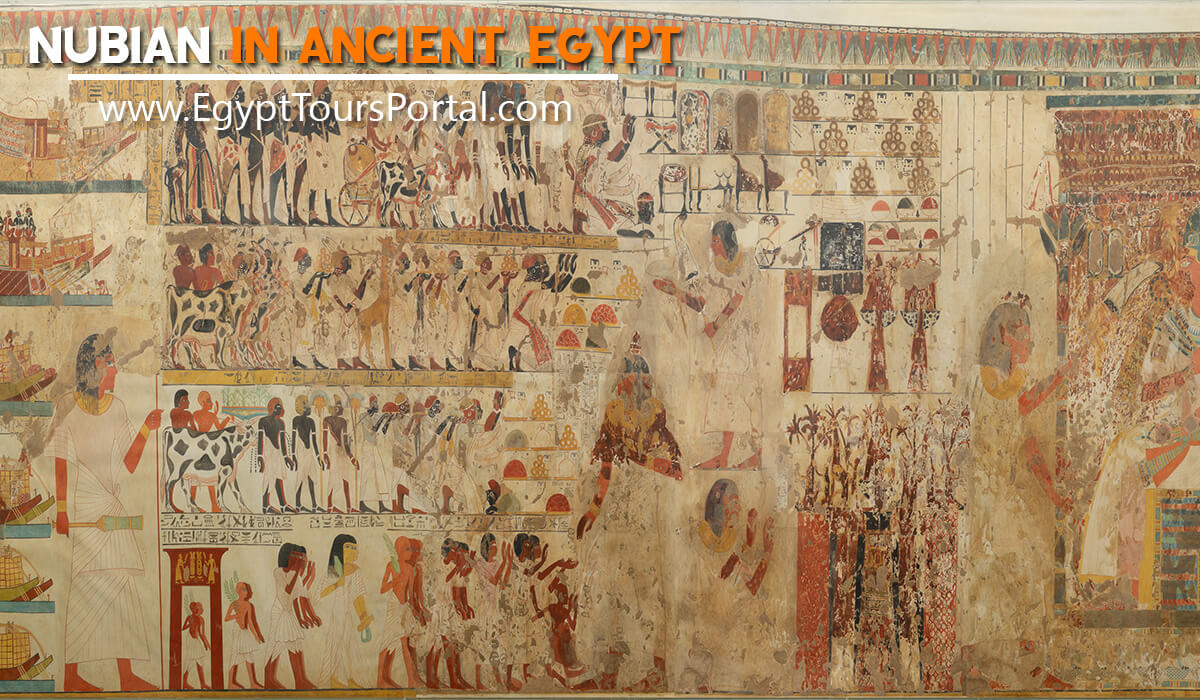
Both countries had a very profound relationship during peace and war times. They both used similar royal symbols based on rock art. There were many cultural exchanges and cooperation, and even marriage between the two. They had a strong economic relationship through trading in ebony, ivory, leopard skins, and a variety of resins.
The Nubia acted as Egypt's connection to the riches of east and south of Africa, like gold, incense, ebony, copper, ivory, and rare animals. Also, keep in mind that Nubians in Ancient Egypt had a very complex relationship with native Egyptians as they were neighbors who traded with each other but would fight and conquer one another throughout history.
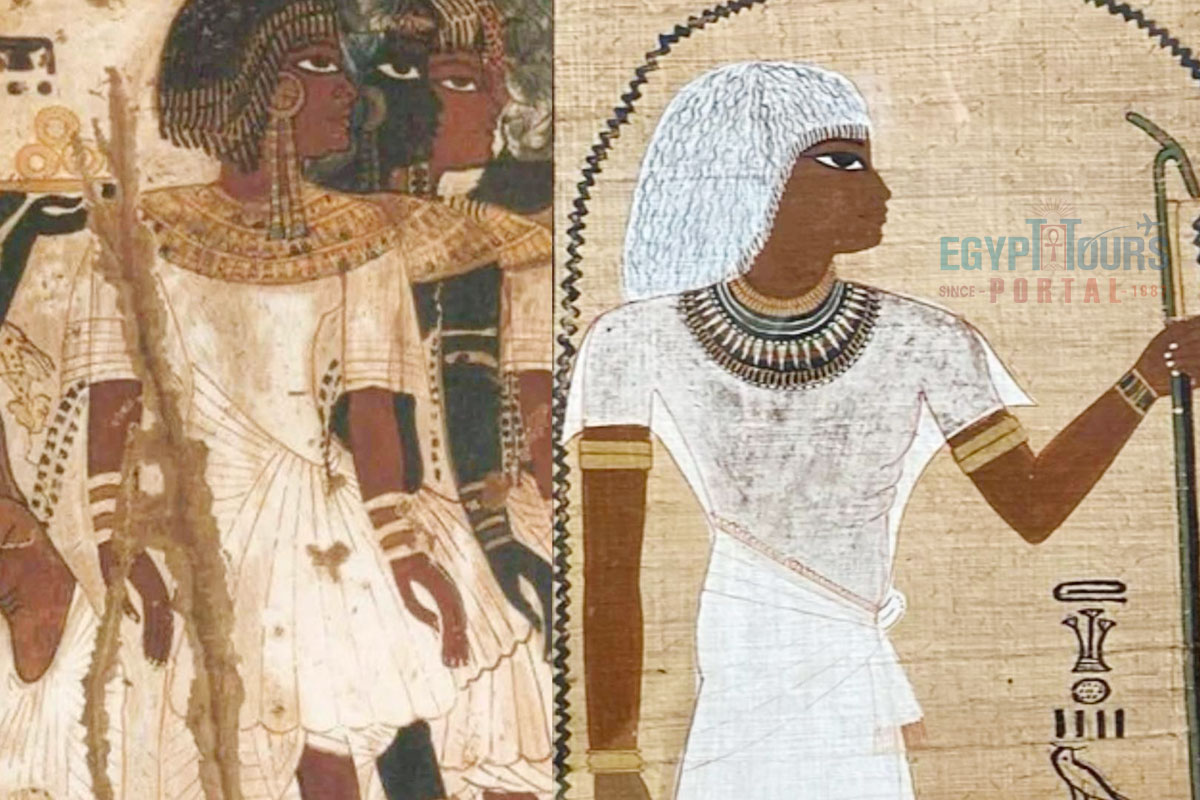
The Nubians are one of Africa’s most ancient and enduring ethnic groups, originating in the Nile Valley region of what is now southern Egypt and northern Sudan, with evidence of their presence dating back over 50,000 years. They are considered one of the world’s oldest ethnic groups, known for their kindness, hospitality, and rich cultural heritage, which is deeply rooted in some of Africa's earliest civilizations. The first recorded mention of the Nubians in Egyptian history appears in trading accounts from 2300 BCE, highlighting their role as key players in ancient Egypt.
Nubia's earliest societies, such as the Kerma culture (2500-1500 BCE) and the powerful Kingdom of Kush, were advanced in metalworking, agriculture, and religious practices, and contributed significantly to trade networks linking sub-Saharan Africa with the Mediterranean Sea and the Near East. The Kingdom of Kush rose to prominence and, under King Piye in the 8th century BCE, even conquered and ruled Egypt as its 25th Dynasty, demonstrating Nubia's formidable military and political influence.
Known as “Ta-Seti” or “The Land of the Bow” by the Egyptians, Nubians were legendary for their prowess in archery, serving as elite warriors in the Egyptian army, including the feared Medjay paramilitary force. Over time, the Nubians played diverse roles in ancient Egyptian society as merchants, temple attendants, and skilled artisans, becoming integral to Egypt’s success. In the medieval period, many Nubians converted to Christianity, forming the kingdoms of Nobatia, Makuria, and Alodia, and later adopted Islam.
Despite living in two modern countries, the Nubians have preserved their unique culture, language, and traditions, with five Nubian languages which are Kenzi, Nobiin, Birgid, Midob, and Kordofan Nubian spoken across various regions today. Descendants of these early African civilizations, Nubians maintain a resilient cultural heritage that remains a vital part of Egyptian and Sudanese societies, contributing significantly to Egypt’s rich historical and tourism landscape.
Explore the unique race of the ancient Egyptian civilization
Read More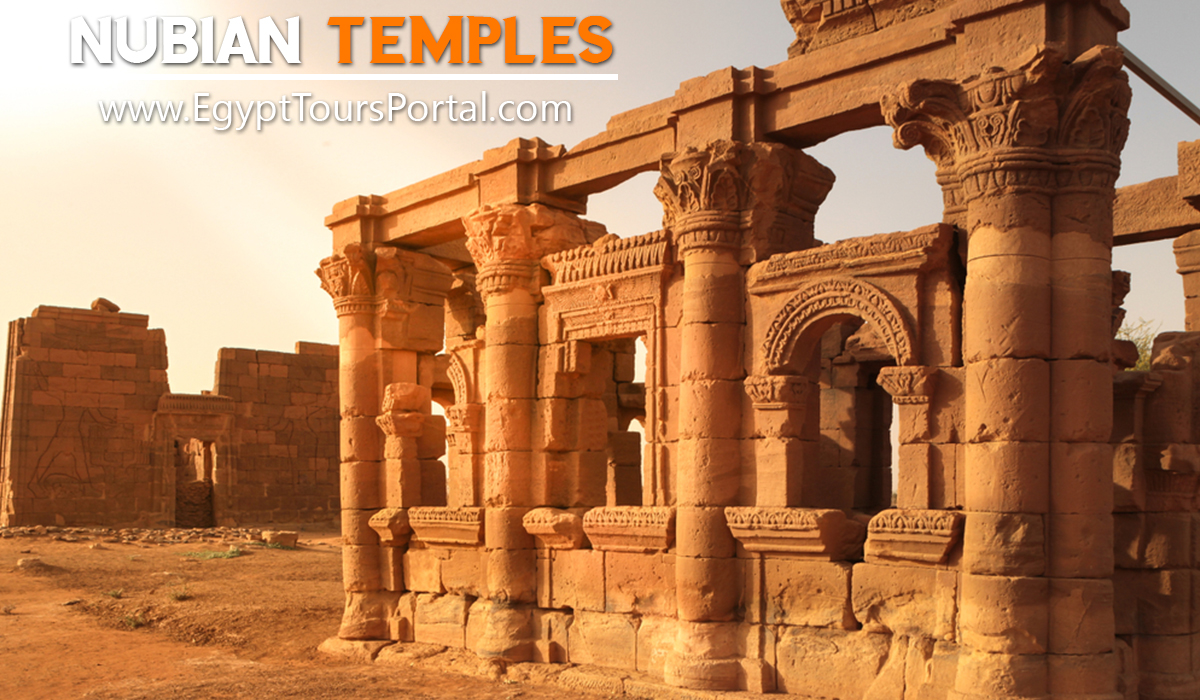
The word Nubia comes from the word "Nub" which means gold for the number of gold mines in the area, rare stones, and the home to some of the most beautiful and majestic monuments in Egypt. The Nubian Monuments were not built by the Nubian people, but given the name based on their location. From Aswan to Abu Simbel near the Sudan border is where most Nubians in Egypt live. It is an archaeological area that is referred to as ‘Nubian monuments from Abu Simbel to Philae’, which dates back more than 3000 years.
The Nubia area is highly famous for containing two of the most famous temples in the history of ancient Egypt, the Temple of Philae and Abu Simbel temple. Both temples were rescued by UNESCO in the mid-60s because of the disastrous consequences of the High Aswan Dam, and there are many visited attractions through Nile river cruise between Luxor and Aswan. There are 11 sites located between these two temples that were built under the ruler of Nubian kings. The most incredible Nubian Constructions include :
Temples of Abu Simbel belong to Ramses the Great (1292-1186 BC), which were created in 1200 BC to immortalize his great legacy and especially his victories like the battle of Kadesh, plus honor the great god Amun. Next to it is the second temple belonging to his beloved wife Nefertari, which honors the Goddess Hathor.
Philea Temple is the last temple of its kind to be built in Egypt in the Ptolemaic period between 380-360 BC. It is famous for containing the legendary tales of Isis, goddess of motherhood and healing, the wife of Osiris, the ruler of the underworld. It was a very popular pilgrimage site for Egyptians, Nubians, and travelers from as far as Greece and Crete.
A granite quarry is a strange attraction, famous for what is located inside the quarries themselves. The granite quarry in Aswan is home to two unfinished obelisks. One of the obelisks, had it been completed and erected, would have been nearly one-third larger than any other obelisk in Egypt, which is believed to have been commissioned by Queen Hatshepsut.
Qasr Ibrim was once famous for being a fortress and a major city located on a cliff above the Nile. But after the construction of the dam, Qasr Ibrim is now situated on a rocky island in the middle of the Nile River, which makes it very difficult to be visited by tourists.
The Temple of Kalabsha was built around 30BC during the Roman era as a tribute to the Nubian sun god Mandulis; however, it was never completed.
Beit al-Wali is another incredible temple that was built by Rameses II. It was one of Ramesses II's Nubian temples built in order to maintain Egyptian control over Nubia. It is believed that this temple was the first one to be built to serve this purpose.
It is a small shrine dedicated to Thoth, the god of knowledge and wisdom. The Temple of Dakka was expanded during the Roman period and used as a fortress along the Nile River.
The temple of Maharraqua is a tiny, unfinished temple with a mysterious history. Scholars have been unable to understand who built this temple or its purpose. It does have one very unique feature: a winding staircase that leads to the roof. This is the only one of the Nubian monuments with this design.
The temple of Amada is the oldest temple in Nubia as it was built in the 18th dynasty by pharaoh Thutmose III and dedicated to Amun and Re-Horakhty. Several pharaohs were added to this temple over time, including Ramesses II.
The Temple of Derr was Built by Ramesses II. It is a rock-cut temple that was dedicated to Re-Horakhty, which is a combination of the gods Horus and Ra. Horus was the god of the sky, and Ra was the god of the sun.
A Small Roman Kiosk with Six columns that still remained unfinished. What can be seen of the structure is beautiful.
Another rock temple was built by Ramses II as part of his Nubian temples. Today, it resides in a valley with two New Kingdom temples.
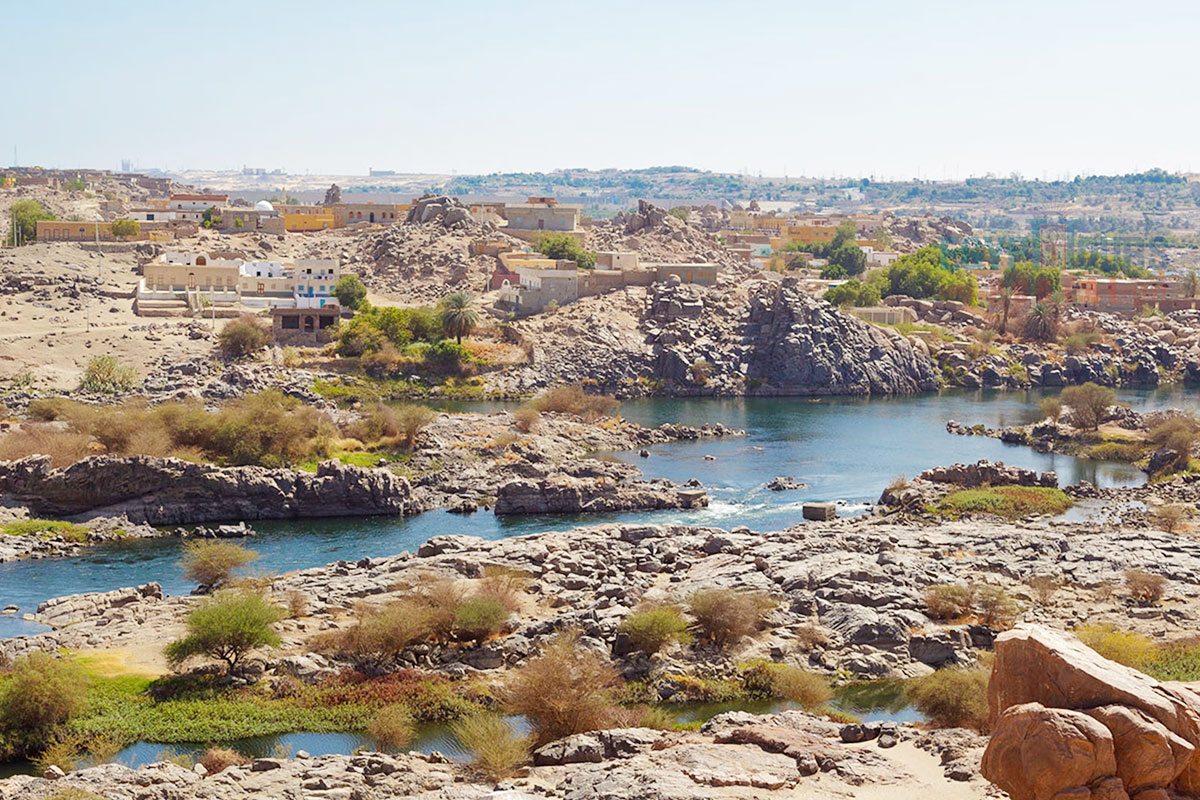
Nubian culture is a rich and multifaceted entity woven from thousands of years of history, spanning from the times of the ancient Kerma Kingdom through the Kingdom of Kush and the Christian Nubian kingdoms. Music, dance, storytelling, and folk art are essential aspects of Nubian culture, each playing a role in preserving Nubian heritage and identity. Nubians are known for their rhythmic drumming, vibrant dances, and unique musical instruments like the “kissar” lyre, which has been passed down through generations.
Folk traditions include storytelling, where elders share the history, morals, and legends of Nubia, preserving its oral heritage. Nubians also excel in crafts, producing intricate pottery, woven mats, and silver jewelry, which are symbols of pride and expressions of their cultural identity. Traditional Nubian festivals and weddings showcase a blend of customs, where families come together to celebrate through music, dance, and culinary traditions, highlighting the importance of community in Nubian society.
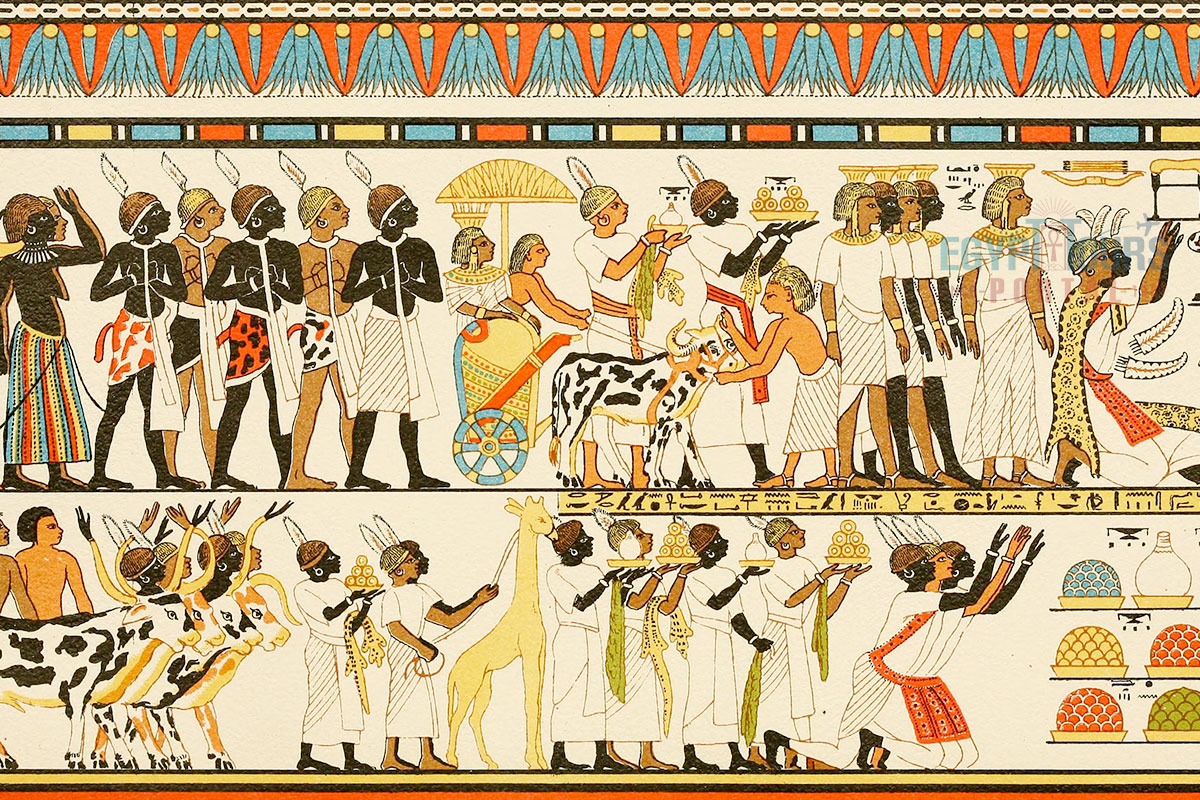
The Nubian population extended throughout the Nile Valley, covering regions now within Egypt and Sudan. The heartland of ancient Nubia included Lower Nubia, between Aswan and the Second Cataract of the Nile, and Upper Nubia, stretching into modern-day northern Sudan. Today, Nubians primarily live in Aswan and surrounding areas in Egypt and in northern Sudan near Dongola and Khartoum.
The modern Nubian population has faced significant changes due to political developments and forced relocations, particularly during the 1960s construction of the Aswan High Dam, which submerged many traditional Nubian villages along the Nile.
As a result, many Nubians were displaced and now live in newly built communities in cities like Cairo, Khartoum, and other parts of Egypt and Sudan. Despite these changes, the Nubian population remains closely connected through cultural traditions, language preservation efforts, and a strong sense of identity rooted in their ancient past. The exact population of Nubians in Egypt today is difficult to determine as there isn't a definitive census specifically tracking their numbers.
However, estimates vary widely, with some sources suggesting a population of around 100,000, while others estimate a figure closer to 3-4 million. While their numbers are relatively small compared to the national populations of Egypt and Sudan, Nubians are known for their unique contributions to both societies, including distinctive music, architecture, and crafts.
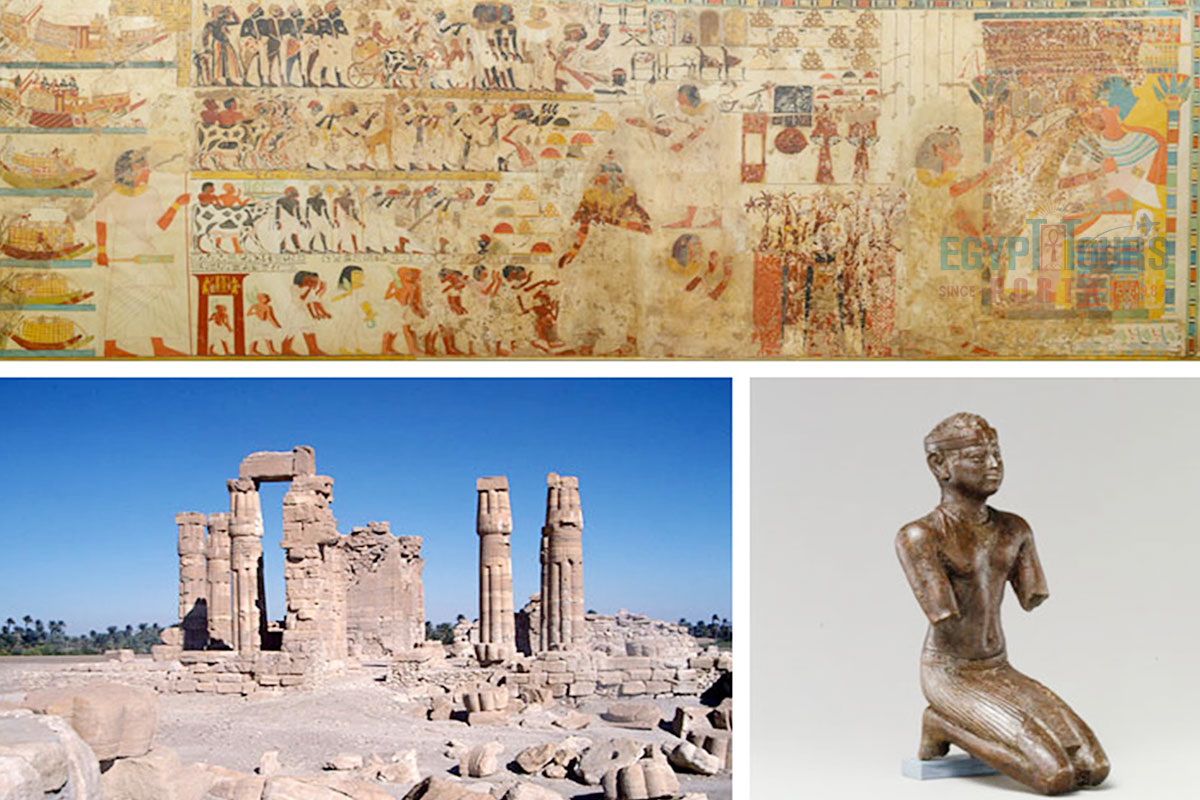
The name “Nubia” has several possible origins. It is commonly believed to derive from the ancient Egyptian word "Nub," meaning "gold," likely referencing the region’s wealth in gold mines that were a major resource for Egypt and the ancient world. Nubians themselves, however, traditionally refer to their land as "Ta-Seti," or the "Land of the Bow," which acknowledges their historical reputation as skilled archers and warriors.
The term “Nubian” has come to signify not only an ethnic and geographical identity but also a connection to a distinct history, culture, and heritage of resilience that dates back thousands of years. This legacy of independence and influence in ancient African history makes Nubians a people of great pride and significance in both Egypt and Sudan.
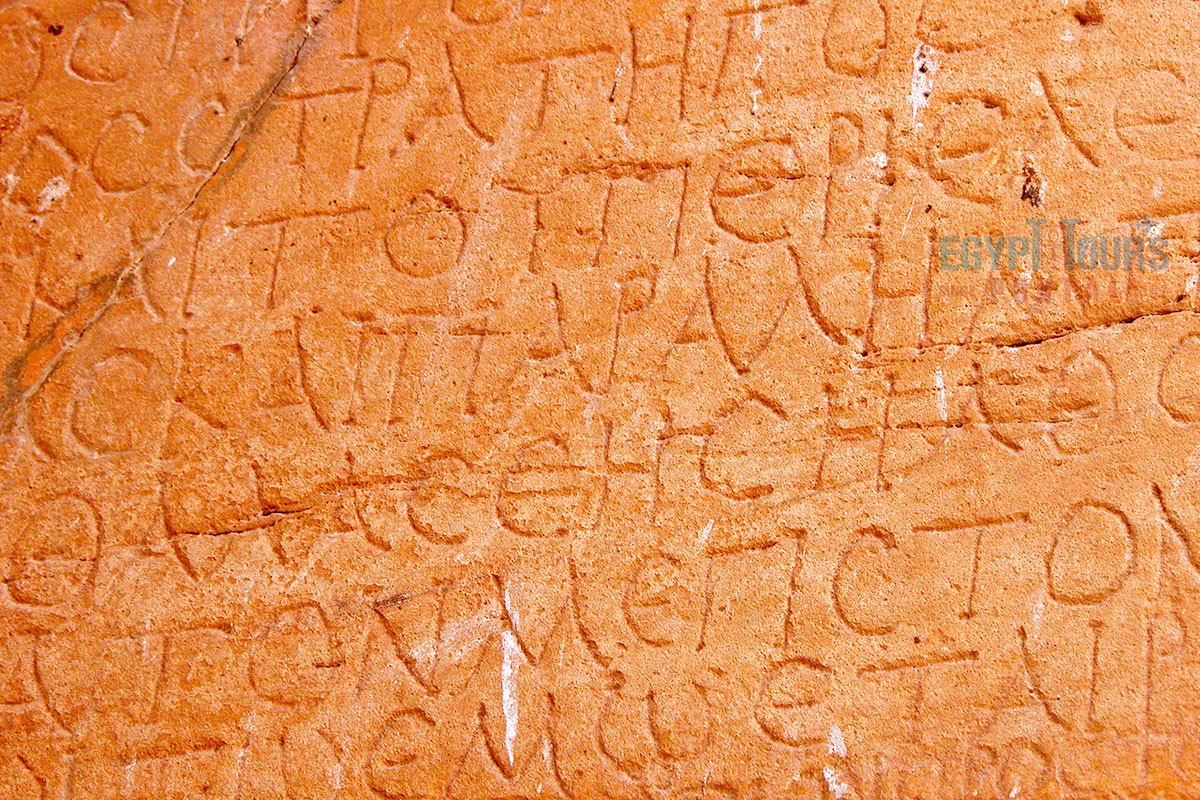
The Nubian language family is composed of several dialects, the most prominent being Nobiin, Dongolawi, and Midob. Ancient Nubian, written in an alphabet derived from the Greek alphabet, was used between the 8th and 15th centuries and is one of the oldest recorded African languages. Though most Nubians today are fluent in Arabic, especially in Egypt, the Nubian language remains a crucial part of cultural identity.
Nobiin, still spoken by communities in Aswan and northern Sudan, is a direct descendant of Old Nubian. Efforts to preserve and revitalize the language are underway, with a renewed focus on teaching Nubian to younger generations. This linguistic heritage connects modern Nubians to their ancestors and reinforces a sense of pride in their distinct cultural identity.
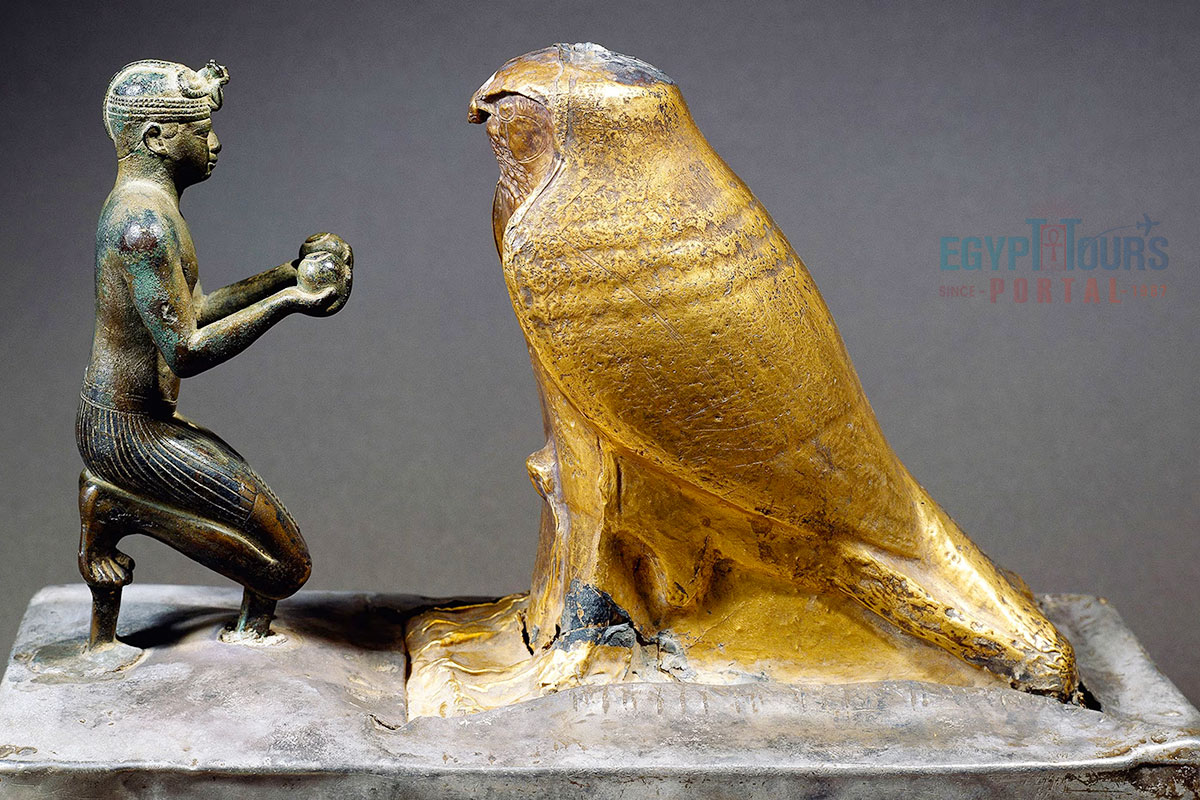
The religious beliefs of ancient Nubians evolved with time and were influenced by both indigenous traditions and neighboring Egyptian beliefs. Nubians revered several gods, including unique deities such as Apedemak, the lion-headed god of war and fertility, and Dedwen, the god of wealth and resources. Ancient Egyptian gods such as Amun and Isis were also widely worshiped, with Amun’s cult gaining prominence as Nubian kings took the Egyptian throne during the 25th Dynasty.
The temples at Jebel Barkal and Naqa in Nubia served as significant spiritual centers, where rituals were performed to honor these gods. The blending of Nubian and Egyptian deities reflects the complex interactions between these two ancient civilizations and the shared religious heritage that developed over centuries.
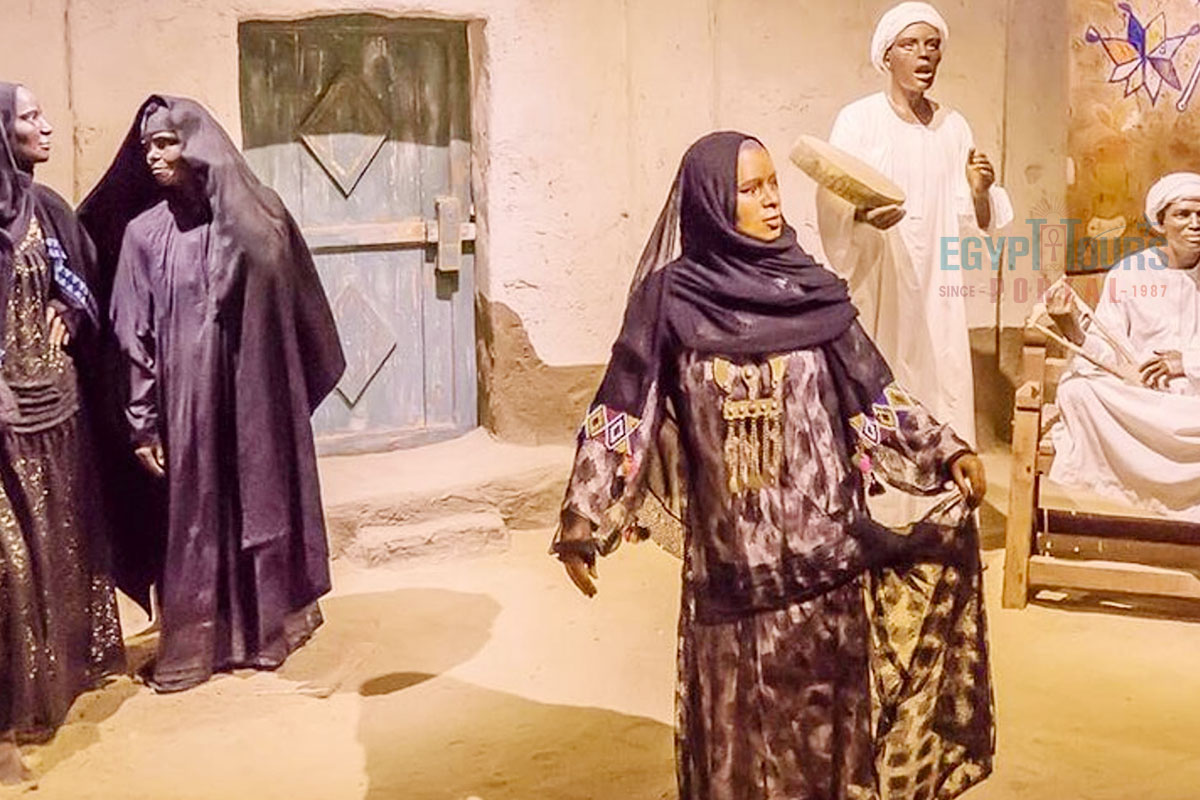
Traditional Nubian clothing is both practical and expressive, designed to suit the climate while showcasing cultural identity. Men typically wear the “jellabiya,” a long, loose robe, often in light colors to keep cool. Women’s clothing is more elaborate, with brightly colored dresses or wrap garments adorned with intricate embroidery or geometric patterns.
Jewelry, especially silver bracelets, necklaces, and earrings, is also significant, often symbolizing social status and cultural pride. In modern Nubia, traditional attire is still worn during special occasions and festivals, where clothing reflects not only aesthetic preferences but also the community’s shared history and identity.

Nubian houses are a unique architectural expression, characterized by mudbrick construction, bright colors, and intricate geometric decorations on the exterior. These homes are designed with domed ceilings and small windows to keep interiors cool, an adaptation to the hot desert climate. Houses often feature spacious courtyards used for family gatherings, with walls adorned with mirrors or hand-painted designs believed to ward off negative energy. Traditional Nubian homes are built using local materials, reflecting Nubians’ connection to the land and their sustainable practices in architecture.
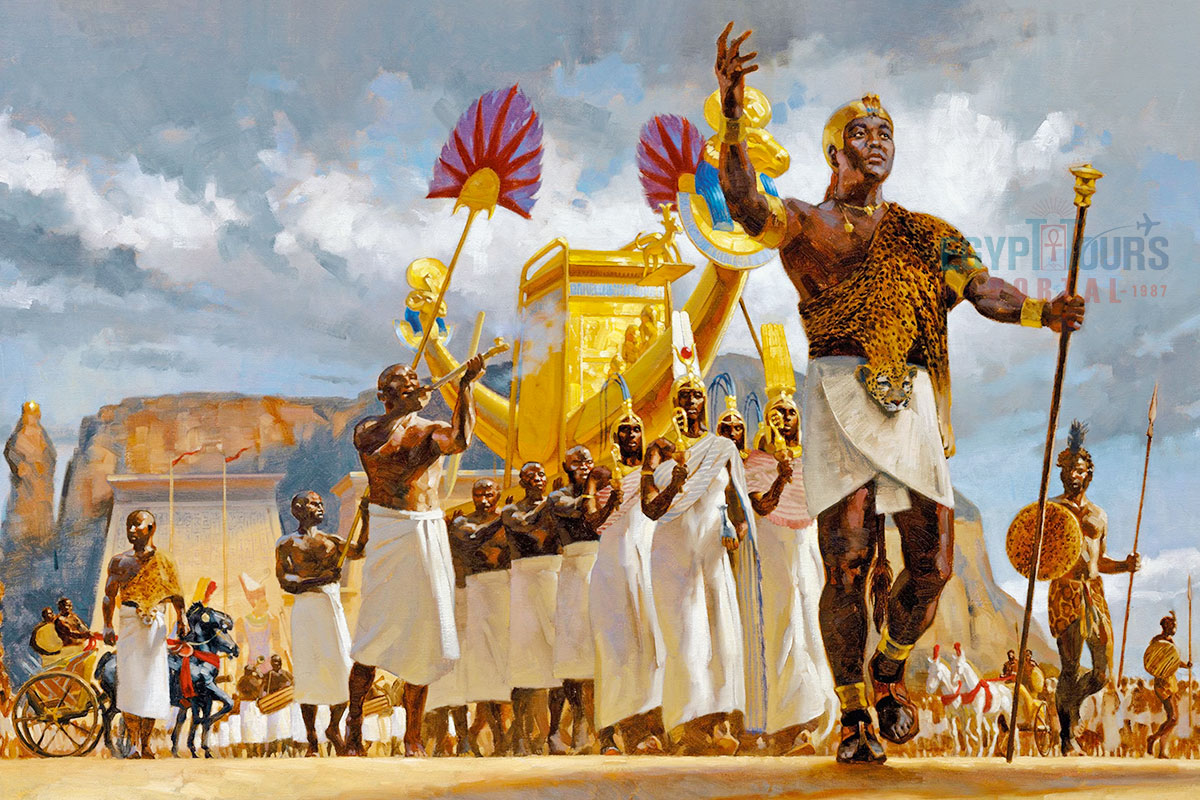
Religion in Nubia has transformed over time, moving from indigenous beliefs and Egyptian-influenced polytheism to Christianity in the early centuries of the Common Era, and later to Islam. During the Kingdom of Kush, Nubians worshipped gods like Amun and Apedemak, with temples and religious practices resembling those of Egypt.
After the fall of Meroë, Christianity spread across Nubia, establishing three Christian kingdoms, which are Nobatia, Makuria, and Alodia, where churches and monasteries flourished. By the 14th century, with the spread of Islam, most Nubians adopted Islamic beliefs, although traditional practices continued to influence their cultural customs. Today, Islam is the primary religion in Nubia, practiced with a unique blend of indigenous traditions and cultural expressions.

Nubian cuisine is an integral part of the culture, emphasizing ingredients native to the Nile Valley. Staples include grains like millet and wheat, as well as legumes such as lentils and chickpeas. Common dishes include “Kisra,” a flatbread similar to Sudanese and Ethiopian injera, and hearty stews made with okra, tomatoes, and various spices like cumin and coriander.
Meat, often goat or fish from the Nile, is enjoyed during special occasions. Desserts such as “Dibis,” a molasses-based sweet treat, are enjoyed during festive events. Nubian cuisine is often seasoned with aromatic spices, creating flavorful and nourishing meals that have been passed down through generations.
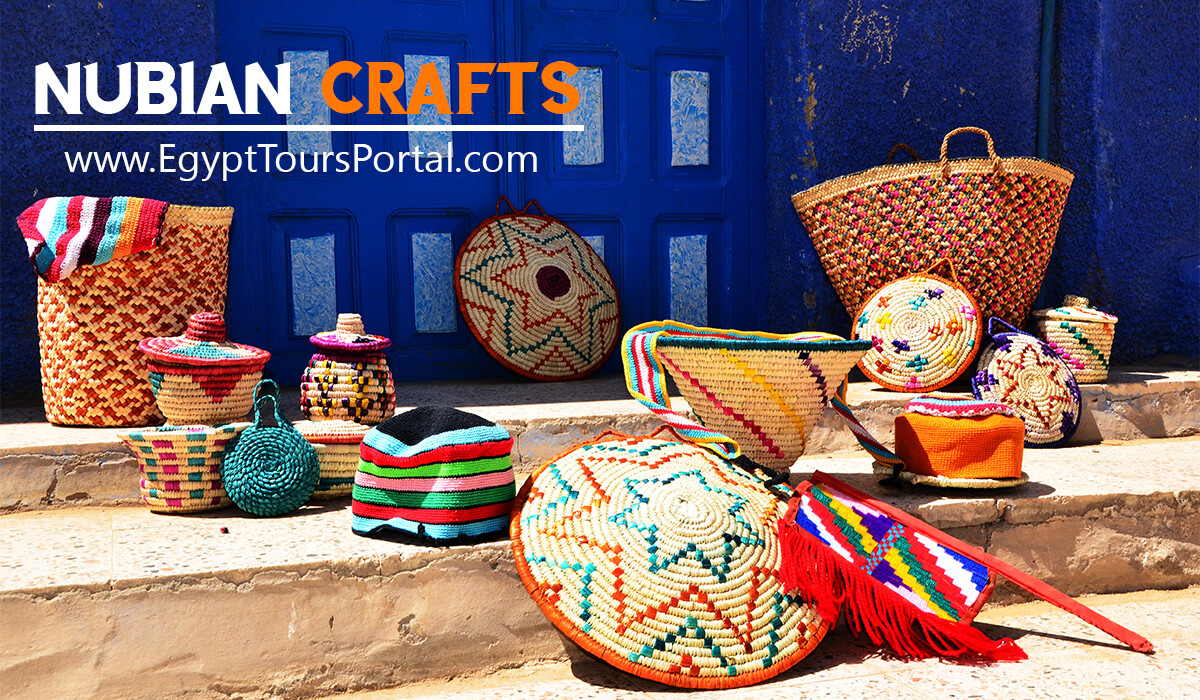
Nubian crafts embody the rich heritage and artistic skill of the Nubian people, deeply rooted in the Nile region of southern Egypt and northern Sudan. Their distinct culture is reflected in unique mudbrick houses with domed roofs, designed to keep interiors cool and adorned with hand-painted symbols representing blessings and protection. Vibrant Nubian art incorporates desert and river motifs, while their pottery is handcrafted with geometric patterns, animals, and bright colors, serving both functional and decorative purposes.
Basket weaving from palm leaves, grass, and reeds produces colorful, intricate baskets and mats used for storage, carrying, and serving food. Traditional jewelry crafted from silver, gold, beads, shells, and stones from the Nile includes intricate necklaces, bracelets, and earrings, symbolizing beauty and resilience.
Nubian textiles are known for their colorful patterns, seen in clothing, blankets, and household items, while woodworking produces carved furniture, boats, and other decorative items. These crafts, passed down through generations, are essential to cultural preservation and local economies, celebrating Nubian heritage worldwide.
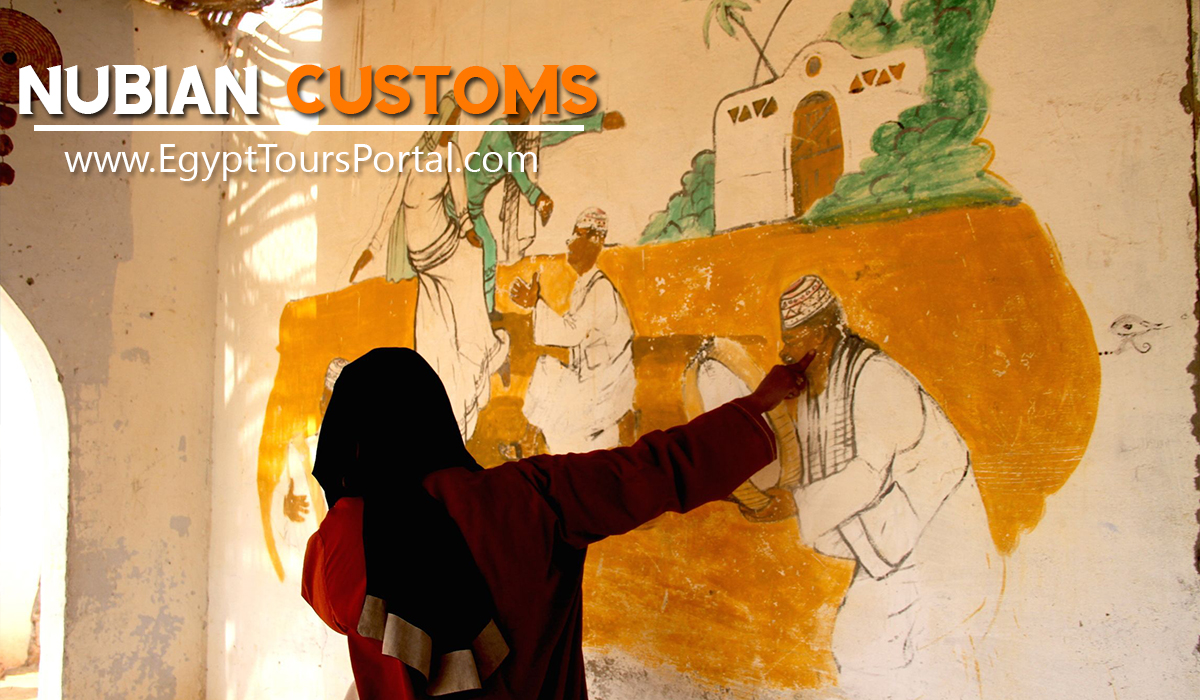
They have many traditions, dances, and a special set of customs within their culture, especially when the marriage takes place and a newborn "Sebou" is delivered. Most of the Nubian villages in Egypt today are located near Aswan and Elephantine Island. They all marry within the same area because of their inclusive nature.
These villages are very different distinguished by the bright, vibrant colors of the houses Their villages are quite different from anything in Egypt and divided into three tribes which are Al-Fadiga: the Arab Al-Orayqat (Originally Bedouin Traders who Migrated from Hijaz), and Al-Konoz, also known as Al-Matoka (A Mix of Arab Tribes, the Biggest Being Al-Gohayna Tribe, from the Arabian Peninsula).
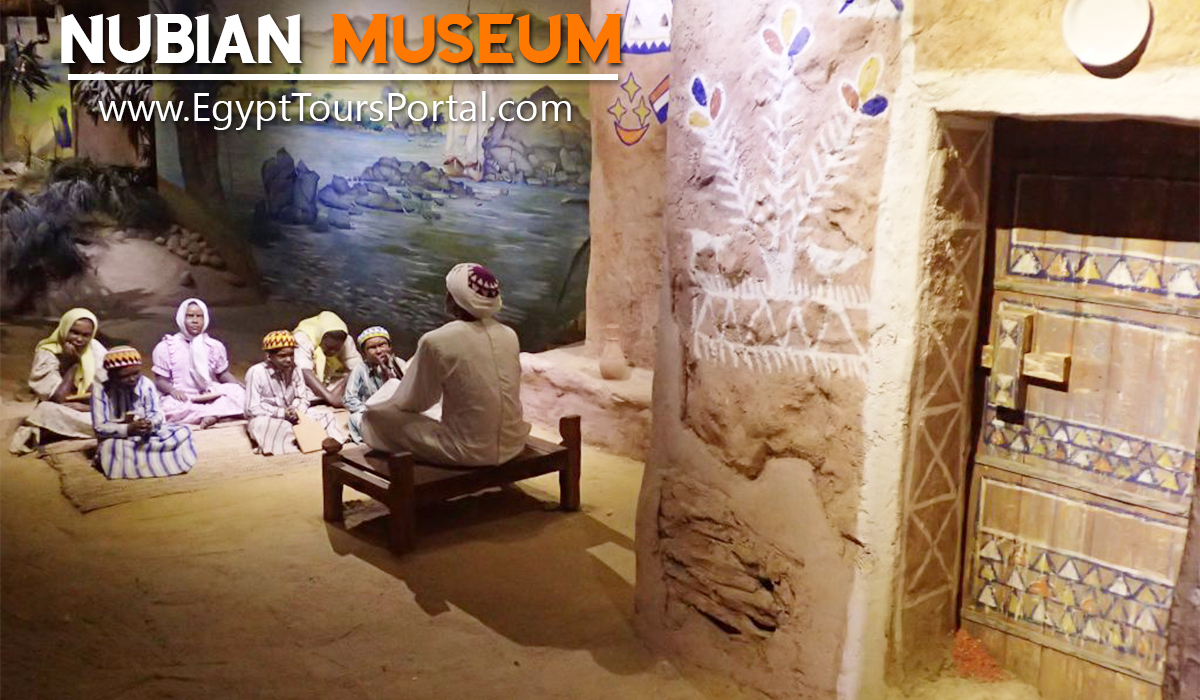
One of the many symbols is the sword of the Nubian culture, which represents bravery, and the black cat, which represents joy and optimism, in contradiction to the majority of cultures around the world, which believe it reflects a bad omen.
The symbol of a cow or an owl represents destruction and bad luck. UNESCO built the infamous Nubian Museum in Aswan to bring the Nubian culture back to life, as it was constructed based on Nubian architecture and ancient sandstone and holds about 2,000 artifacts, many of which are from ancient Nubian culture, and a lot of colorful exhibits from the Nubian heritage.
Our Egypt tours contain the most important Egypt tours that can help you discover the history and culture of the Nubian village and visit Egypt in the right way. Check it and book your dream vacation to the land of pharaohs and witness the miracles of ancient Egypt in the embrace of temples & tombs of Luxor & Aswan.
Day Trip to Abu Simbel from Aswan For UAE Travelers Day Trip to Abu Simbel from Aswa...
Tour Location: Abu Simbel...
Aswan Sightseeing Tour for UAE Travelers Aswan Sightseeing Tour will shed divine lig...
Tour Location: Aswan...
Day Trip from Aswan to Edfu & Kom Ombo Temples for UAE Travelers Day Trip from A...
Tour Location: Edfu/Kom Ombo...
Day Trip from Aswan to Cairo by Plane for UAE Travelers Day Trip from Aswan to Cairo...
Tour Location: Cairo/Giza...
The Nubians are the descendant of ancient African civilization that once ruled Egypt which stretches along the Nile River across Southern Egypt and Northern Sudan.
The Egyptians are located in northern Africa and the Nubians are located in the land of gold in southern Sudan and northern Egypt.
Around 3500 BCE, Egyptians called the Nubian region “Ta-Seti,” which means “The Land of the Bow,” a reference to Nubian archery skills.
The Nubians are an ethnolinguistic group of people who are indigenous to the region which is northern Sudan and southern Egypt. They originate from the early inhabitants of the central Nile valley, believed to be one of the earliest cradles of civilization.
Amun appears to be the major deity worshipped in Nubia after the Egyptian conquest of the New Kingdom. He was considered to be a national and universal god who became the protector of Kushite kingship.
A Nubian queen is a female ruler of the kingdom of Nubia, located along the Nile in southern Egypt and northern Sudan. it is also used to describe a woman with African heritage.
Nubian history can be traced from c. 2000 BCE to 1504 AD when Nubia was divided between Egypt and the Sennar sultanate and became Arabized. It was later united within Ottoman Egypt in the 19th century, and the Kingdom of Egypt from 1899 AD to 1956 AD.
Nubia is not a "lost civilization," and today the Nubians live on in Egypt, Sudan, and other countries. The total number of Nubian population is not accountable.
Egypt influenced the art and architecture of Nubia and the emerging kingdom of Kush. Nubians worshipped some of the gods sacred to the Egyptians. Some of the rulers of Egypt were Nubians as well.
Nubia was the name of a region in the Nile Valley below ancient Egypt that was known as kush. Egypt is the oldest civilization not Nubia as The Early Dynastic Period in Egypt had its start around 3100 BCE while the Nubian history beginning can be traced from c. 2000 BCE.
Alara is the King of Kush who is the first recorded prince of Nubia, founded the Napatan, or Twenty-fifth, Kushite dynasty at Napata in Nubia, now Sudan. Alara's successor, Kashta, extended Kushite control north to Elephantine and Thebes in Upper Egypt.
The entire country of Egypt deserve to be explored with its every heavenly detail but there are places that must be seen before any other such as the breathtaking Hurghada's red sea, The wonders of Cairo the pyramids of Giza, the great sphinx, the Egyptian Museum, Khan El Khalili Bazaar, the wonders of Luxor like Valley of the Kings, Karnak & Hatshepsut temple and the wonders of Aswan such as Abu Simbel temples, Philea temple, Unfinished obelisk and The Wonders of Alexandria like Qaitbat Citadel, Pompey's Pillar and Alexandria Library. Read more about the best places to visit in Egypt.
If you want to apply for a Visa On Arrival that lasts for 30 days then you should be one of the eligible countries, have a valid passport with at least 6 months remaining and pay 25$ USD in cash, as for the E-Visa for 30 day you should have a valid passport for at least 8 months, complete the online application, pay the e-visa fee then print the e-visa to later be presented to the airport border guard. You could also be one of the lucky ones who can obtain a free visa for 90 days. Read more about Egypt travel visa.
Egypt has a variety of delicious cuisines but we recommend “Ful & Ta’meya (Fava Beans and Falafel)”, Mulukhiya, “Koshary”, a traditional Egyptian pasta dish, and Kebab & Kofta, the Egyptian traditional meat dish.
The best time to travel to Egypt is during the winter from September to April as the climate becomes a little tropical accompanied by a magical atmosphere of warm weather with a winter breeze. You will be notified in the week of your trip if the Climate is unsafe and if any changes have been made.
You should pack everything you could ever need in a small bag so you could move easily between your destinations.
We have been creating the finest vacations for more than 20 years around the most majestic destinations in Egypt. Our staff consists of the best operators, guides and drivers who dedicate all of their time & effort to make you have the perfect vacation. All of our tours are customized by Travel, Financial & Time consultants to fit your every possible need during your vacation. It doesn't go without saying that your safety and comfort are our main priority and all of our resources will be directed to provide the finest atmosphere until you return home.
You will feel safe in Egypt as the current atmosphere of the country is quite peaceful after the government took powerful measures like restructuring the entire tourist police to include all the important and tourist attractions in Egypt. Read more about is it safe to travel to Egypt.
Wear whatever feels right and comfortable. It is advised to wear something light and comfortable footwear like a closed-toe shoe to sustain the terrain of Egypt. Put on sun block during your time in Egypt in the summer to protect yourself from the sun.
The best activity is by far boarding a Nile Cruise between Luxor and Aswan or Vise Versa. Witness the beauty of Egypt from a hot balloon or a plane and try all the delicious Egyptian cuisines and drinks plus shopping in old Cairo. Explore the allure and wonders of the red sea in the magical city resorts of Egypt like Hurghada and many more by diving and snorkeling in the marine life or Hurghada. Behold the mesmerizing western desert by a safari trip under the heavenly Egyptian skies.
There are a lot of public holidays in Egypt too many to count either religious or nation, the most important festivals are the holy month of Ramadan which ends with Eid Al Fitr, Christmas and new years eve. Read more about festivals & publich holidays in Egypt.
Egypt is considered to be one of the most liberal Islamic countries but it has become a little bit conservative in the last couple of decades so it is advised to avoid showing your chest, shoulders or legs below the knees.
Arabic is the official language and Most Egyptians, who live in the cities, speak or understand English or at least some English words or phrases. Fewer Egyptians can speak French, Italian, Spanish, and German. Professional tour guides, who work in the tourism sector, are equipped to handle visitors who cannot speak Arabic and they will speak enough English and other languages to fulfill the needs of all our clients.
The fastest way is a car, of course, a taxi. If you are in Cairo ride a white taxi to move faster or you could board the fastest way of transportation in Egypt metro if the roads are in rush hour.
The temperature in Egypt ranges from 37c to 14 c. Summer in Egypt is somehow hot but sometimes it becomes cold at night and winter is cool and mild. The average of low temperatures vary from 9.5 °C in the wintertime to 23 °C in the summertime and the average high temperatures vary from 17 °C in the wintertime to 32 °C in the summertime. The temperature is moderate all along the coasts.
It is the home of everything a traveler might be looking for from amazing historical sites dating to more than 4000 years to enchanting city resorts & beaches. You will live the vacation you deserve as Egypt has everything you could possibly imagine.









